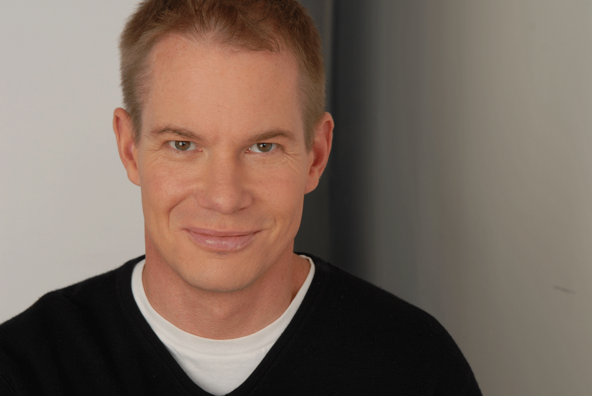 |
| Andy Smith |
Social media, like episodic TV shows, catches you in its web and hooks you, sometimes to the point that you don't even know why you're investing all that time in it. If you're engaged in social networks on behalf of an organization, then it's not only time that you may be wasting.
Andy Smith, co-author of "The Dragonfly Effect" and the morning keynote speaker for PR News' Feb. 27 Digital PR Summit in San Francisco, said that "small acts create big change" online, but first must come that one simple, clear goal that will turn a team of one into an army of collaborators inspiring positive change, or at least a boost in sales or brand awareness. In the following Q&A, Smith offers a preview of his keynote address.
PR News: What's the most common mistake you see organizations make in their social media efforts?
Andy Smith: The most common mistake is to go at social media without a goal in mind. The second most common is to have a goal that's measurable but not meaningful. The numbers of Facebook page likes or Twitter followers are truly meaningless if they are the wrong people or if the reason they followed or connected with your brand is trivial.
PR News: In "The Dragonfly Effect," you talk about the four wings of the Dragonfly Model of social media activity. What is the ultimate goal of this model?
Smith: The goal of the Dragonfly Model is to provide achievement-oriented people and organizations with a framework to first understand the underpinnings of social behavior then allow them to design, test and optimize programs to deliver meaningful impact.
PR News: Can this model be applied by all kinds of organizations for all kinds of purposes?
Smith: I have yet to see an individual or an organization that it cannot be applied to. The key is to find a goal that is so simple, clear and important that people inside and outside of the organization can embrace and further it. I will stress here that a good goal does not need to be a traditional social good that might be supported by a nonprofit. It could easily be a significant business goal that gets people fired up. For Apple it would be to put a dent in the universe, for NASA to put a man on the moon, for an organization like Kaiser Permanente it could be to improve the overall health and well-being of its customers.
PR News: How can this model be applied in a small organization, with a communications team of one?
Smith: It's less about the size of the communications team and more about the infectiousness of the goal. The goal must inspire people inside and outside the team, division and company to act. That one person will find that an investment up front in identifying a meaningful goal will make their team go from one to many as others take up the effort as if it was their own.
PR News: What’s one key concept you hope to share with attendees at the Digital PR Summit?
Smith: Take a "design thinking" approach to problem solving and invest more in deeply understanding your goals. Put them in accessible (e.g. non-financial) terms that stimulate human emotion and lead people to act and contribute. Your resources will expand exponentially and you will deliver real meaningful impact.
Catch Andy Smith's keynote address at PR News' Feb. 27 Digital PR Summit in San Francisco.
Follow Steve Goldstein: @SGoldsteinAI
